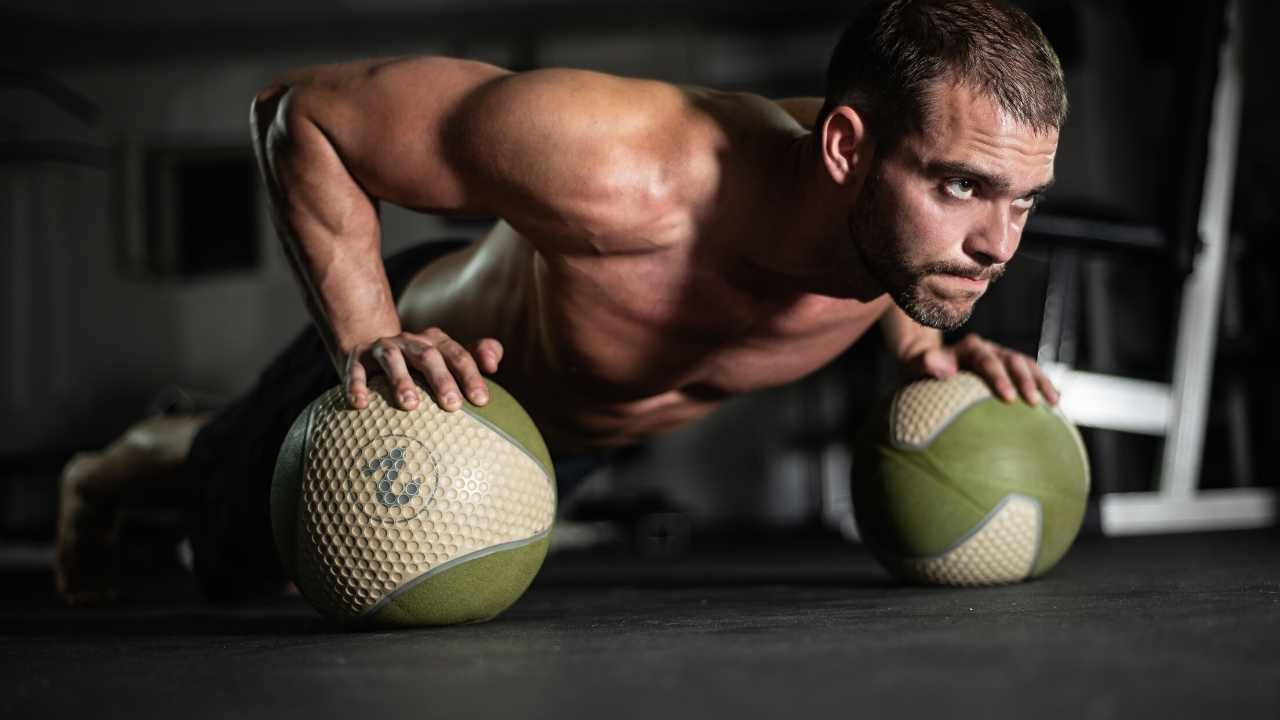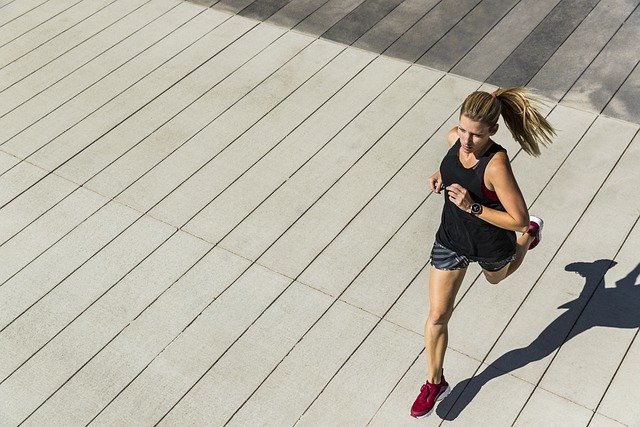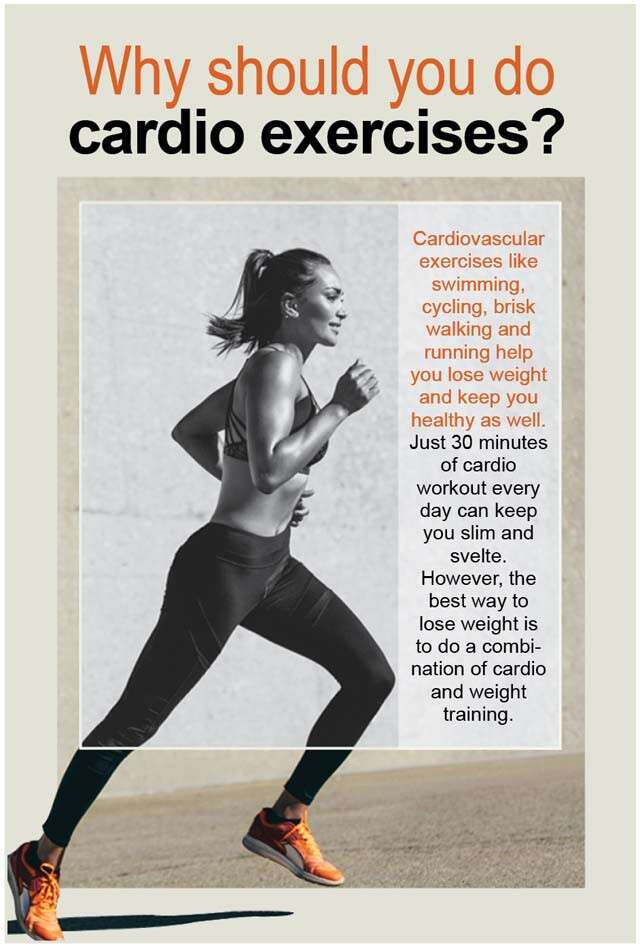
Many women dislike the look of their legs. With leg workouts for women, they can get sexy and toned legs in a matter of 10 to 20 minutes. You can get best results by strengthening your lower body. Listed below are some great leg workouts for ladies to get started. These routines will transform your legs to be long, muscular, and lean. Begin by doing these simple exercises for at least five minutes each day.
Women can benefit greatly from leg exercises. These routines can be done safely and do not require complex movements or equipment. You can use free weights, machines at the gym, or your own bodyweight to perform these routines. Warm-ups are important to avoid injury and get the most from your leg workouts. Once you feel comfortable, move on to activating your muscles. Health professionals use activation exercises for addressing compensation issues and improving overall health.

Next, you can focus on your leg muscles and perform the following exercise: Calf muscle. Now, squeeze your lower leg towards your butt. Now raise your lower leg 90 degrees and lower it again. Repeat this for 20 reps. Then, repeat this exercise for as many times as you can. You can lift your leg with a machine if you are unable to bear the pain. Your legs can be toned by using the calf muscles.
Women's leg exercises have more benefits than just their appearance. It improves your functional strength, which supports your back and core. Your lower body's largest muscle groups are also responsible for supporting other body areas, like your arms and shoulders. It will be easier to exercise the other parts of your body, and it will also help maintain your overall health. This is the most important part to a leg workout, so be sure to incorporate it into your exercise routine.
Place your legs parallel to one another on the ground and begin this exercise. Place a towel on the ground and fold it over. Next, place your hands on your knees and lift the heel of your right foot. You can then return to the original position and continue with the exercise. Once you're done, make sure to stretch your calves to keep them strong and flexible. It will help with your fitness goals, and it will make you look great.

Beginners should pick exercises that target the lower body. The basic squat, which is the most straightforward leg exercise for women, should be done by all women. You can then increase the difficulty by adding more exercises. For advanced lifters, single-leg movements can be combined with hip-hinge and plie. As the primary muscles in your lower body, quadriceps should be emphasized when working out your legs.
FAQ
What's the difference between fat or sugar?
Fat is an energy source from food. Sugar is a sweet substance that can be found naturally in fruits or vegetables. Both fats and sugars provide the same number of calories. Fats however, have more calories than sugars.
Fats are stored within the body and can contribute to obesity. They can cause cholesterol buildup, which can lead you to heart attacks and strokes.
Sugars are quickly absorbed and provide instant energy. This causes blood sugar levels to rise. High blood glucose levels can pose a danger because they increase the chance of developing type II Diabetes.
What is the difference between a virus and a bacterium?
A virus can be described as a microscopic organism that cannot reproduce in another cell. A bacterium can be described as a single-celled organism which reproduces by splitting in two. Viruses are very small (about 20 nanometers) while bacteria are larger (up to 1 micron).
Viruses are spread via contact with infected bodily liquids such as urine, saliva, semen and vaginal secretions. Bacteria are usually spread through direct contact with contaminated objects or surfaces.
Viruses may enter the body through cuts, scrapes. bites, or any other break in the skin. They may also enter through the nose, mouth, eyes, ears, vagina, rectum , or anus.
Bacteria can get into our bodies through cuts, scrapes and burns, insect bites, or other skin breaks. They can also be introduced to our bodies by food, water and soil.
Viruses and bacteria both cause illness. But viruses do not have the ability to multiply within their hosts. Viral infections can only cause diseases in living cells.
Bacteria can grow in their hosts and cause disease. They can spread to other parts of our bodies. They can even invade other parts of the body, which is why antibiotics are necessary to eradicate them.
Why does our weight change as we get older?
How can you tell if your bodyweight has changed?
A person who has less body fat than their muscle mass will experience weight loss. This means that calories must be consumed at a rate greater than energy. Activity levels are the most common reason for weight loss. Other reasons include poor eating habits, stress, hormone imbalances, certain medications and illness. A person who has more fat than their muscle mass will experience weight gain. This happens when people consume more calories than they burn during the day. Common reasons include overeating, increased physical activity, and hormonal changes.
Our bodies lose weight mainly because we eat less calories that we burn. The main reason we lose weight is because we exercise more often. This increases our metabolism rate and burns more calories each day. However, this doesn't mean that we'll necessarily get thinner; what matters is whether or not we're losing fat or gaining muscle. We will lose weight if we burn more calories than we consume. However, if we consume more calories than we burn, we end up storing them as extra fat.
As we age we tend to be slower in moving and thus we don't move nearly as much. We also tend eat less than we used to. This is why we tend to gain weight. We also tend to look larger because we have more muscle.
Without regularly weighing yourself, it is impossible to gauge how much weight you have lost. There are many methods to measure your weight. You can measure your waist, hips and thighs as well as your arms. Some people prefer to use a bathroom scale while others prefer to measure with tape.
To track your progress, weigh yourself once a week. Measure your waistline once per month. To see how far you have come, you can take photos of yourself every few month.
Online, you can find out your height and weight. For example, if you're 5'10" tall and weigh 180 pounds, you'd probably weigh 180 pounds.
What can you do to boost your immune system?
The human body is made up of trillions and trillions of cells. These cells work together to form organs and tissues that perform specific functions. Another cell takes its place when a cell dies. Cells communicate with one another using chemical signals called hormonal hormones. Hormones regulate every bodily process, from growth and development to metabolism as well as immunity.
Hormones are chemicals secreted by glands throughout the body. They travel through our bloodstream and act as messengers, controlling how our bodies function. Some hormones come from the body and others from outside.
Hormone production occurs when hormone-producing cells release their contents into your bloodstream. Once released, hormones move through the body until they reach their target organ. Some hormones are only active for a brief time. Others hormones remain active longer and still have an influence on the body's functioning long after they leave bloodstream.
Some hormones are produced in large quantities. Others are produced in small amounts.
Certain hormones can only be produced at specific times in life. For example, estrogen can be produced during puberty or pregnancy. Estrogen aids women in developing breasts, maintaining bone density and preventing osteoporosis. It promotes hair growth as well as keeping skin soft and smooth.
Do I need calories to count?
You might wonder, "What's the best diet for me?" or "is counting calories necessary?" The answer is dependent on several factors like your current health status, personal goals, your lifestyle, and your preferences.
The Best Diet for me - Which One Is Right for You?
My personal health, goals and preferences as well as my lifestyle determine which diet is best for me. There are many diets out there, some good and some bad. Some are better for certain people than others. What can I do to make the right choice? How do I make the right decision?
This article aims at answering these questions. It begins with an overview of the different diets today. After that, you will learn about the pros and disadvantages of each type. We'll then discuss how to choose which one is best for you.
Let's start by taking a look at the various types of diets.
Diet Types
There are three types of diets available: ketogenic, high-protein, and low fat. Let's talk about them briefly.
Low Fat Diets
A low-fat diet restricts fat intake. This is done through reducing the intake of saturated fats (butter, cream cheese, etc.) They are replaced by unsaturated fats such as avocados, olive oil, and cream cheese. If you want to lose weight fast and easily, then a low fat diet is often recommended. However, this kind of diet may cause problems such as constipation, heartburn, and indigestion. A person may also experience vitamin deficiencies if they don't get enough vitamins.
High Protein Diets
High-protein diets limit carbohydrates and favor proteins. These diets are more protein-rich than others. These diets are designed to build muscle mass and help you burn more calories. However, they might not provide enough nutrition for those who need to eat frequently. They may also be too restrictive and not suitable for everyone.
Ketogenic Diets
Ketogenic diets are also known as keto diets. They are high fat and moderately carbohydrate and protein-rich. These are often used by bodybuilders and athletes because they allow them the ability to train harder and for longer periods of time without feeling tired. To avoid side effects such as fatigue, nausea, headaches, or other unpleasant side effects, you must strictly adhere to their instructions.
Statistics
- Extra virgin olive oil may benefit heart health, as people who consume it have a lower risk for dying from heart attacks and strokes according to some evidence (57Trusted Source (healthline.com)
- According to the 2020 Dietary Guidelines for Americans, a balanced diet high in fruits and vegetables, lean protein, low-fat dairy and whole grains is needed for optimal energy. (mayoclinichealthsystem.org)
- According to the Physical Activity Guidelines for Americans, we should strive for at least 150 minutes of moderate intensity activity each week (54Trusted Source Smoking, harmful use of drugs, and alcohol abuse can all seriously negatively affect your health. (healthline.com)
- WHO recommends reducing saturated fats to less than 10% of total energy intake; reducing trans-fats to less than 1% of total energy intake; and replacing both saturated fats and trans-fats to unsaturated fats. (who.int)
External Links
How To
27 Steps to achieve a healthy lifestyle when your family only buys junk food
The best way to eat healthily is to cook at your home. It can be difficult to cook healthy meals at home. This article will help you make healthier choices while dining out.
-
Select restaurants that offer healthy dishes.
-
Before ordering any meat dishes, order vegetables and salads.
-
Ask for sauces made without sugar.
-
Avoid fried items.
-
Choose grilled meats over fried.
-
Order dessert only if you absolutely need it.
-
Make sure that you have something else to eat after dinner.
-
Slowly chew and eat.
-
Take plenty of water with your meals.
-
Do not skip breakfast, lunch or dinner.
-
Have fruit and veggies with every meal.
-
Consider drinking milk instead of soda.
-
Try to stay away from sugary drinks.
-
Reduce salt intake.
-
Try to limit your frequent visits to fast-food restaurants.
-
If temptation is too strong for you, invite someone to be your friend.
-
You should not allow your kids to watch too many TV programs.
-
Keep the television off during meals.
-
Do not consume energy drinks.
-
Regular breaks from work are important.
-
Exercise early in the morning.
-
Move every day.
-
Start small and build up gradually.
-
Set realistic goals.
-
Be patient.
-
Even if you don’t feel like it, find the time to exercise.
-
Use positive thinking.